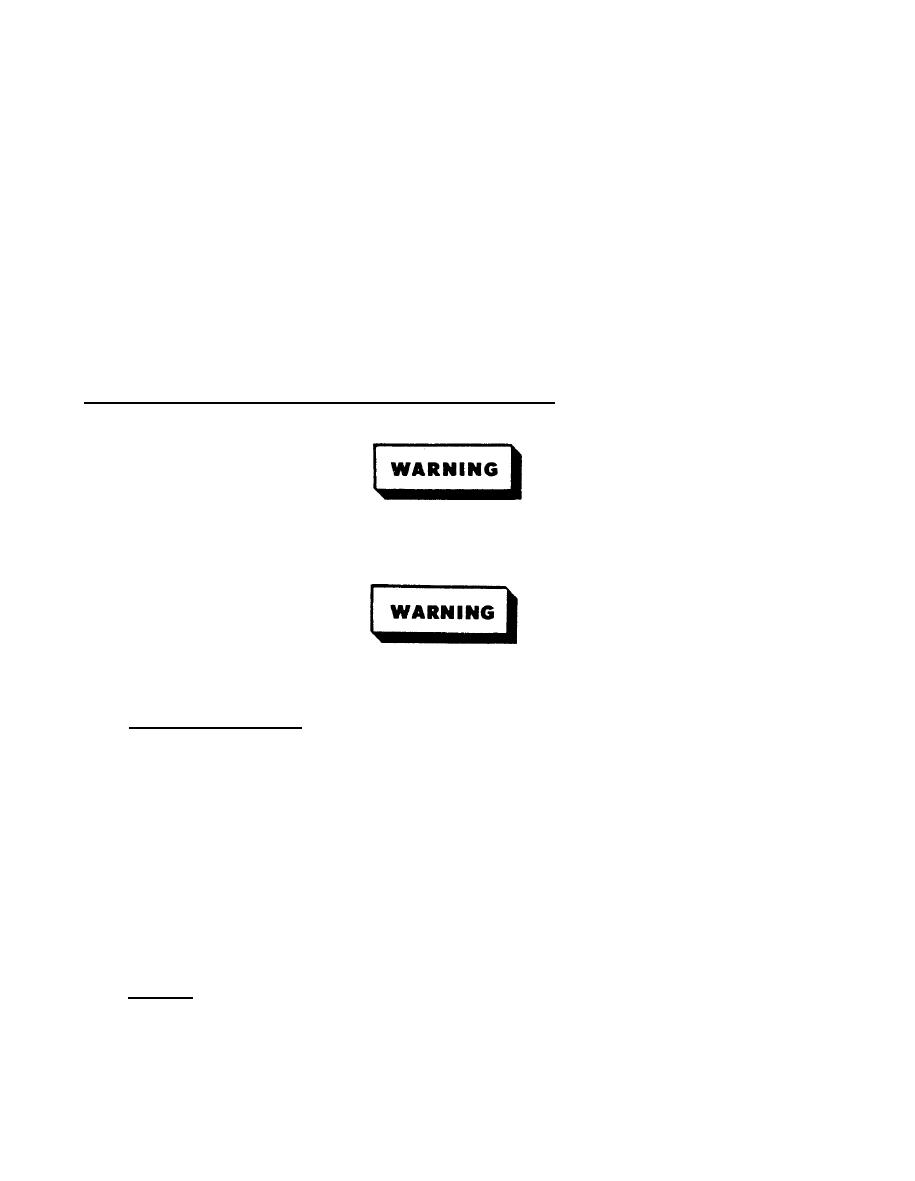

Custom Search
|
|

|
||
 Section 3. ROTARY TWIN-LOBE COMPRESSORS
1 DESCRIPTION. Rotary twin-lobe compressors (blowers) consist of two
impellers mounted on parallel shafts that rotate in opposite directions within
a housing (figure 2-B). As the impellers rotate, they trap a quantity of air
between themselves and the blower housing and move the air from the inlet to
the discharge port. The operating principle of this type compressor is
unusual since the impellers do not compress the air while moving it. Instead,
as each impeller uncovers the discharge port, the pressurized air in the
discharge line flows back into the compressor compressing the air between the
discharge port and the next lobe of the impeller. As the impellers turn, they
force this pressurized air into the discharge line and immediately start a new
cycle, as shown in figure 2-B. This action takes place four times per
revolution, twice for each impeller. The impellers are positioned in relation
to each other by timing gears located at the end of each shaft and external to
the blower housing. Rotary twin-lobe compressors (figure 2-9) are normally
electric motor driven through V-belts or by direct connection. Operating and
maintenance instructions for electric motors are contained in NAVFAC MO-205,
Central Heating and Steam Electric Generating Plants.
2 STARTUP.
If impellers are to be rotated, keep hands, feet, loose clothing,
and foreign objects away from inlet and discharge openings, as
serious personal injury or damage to equipment can occur.
Do not operate equipment without adequate silencing devices. High
noise levels may cause permanent hearing damage.
2.1 Prestart Inspection. Carefully inspect the compressor installation to
ensure the following prestart requirements are fulfilled.
(a) All installation and repair work has been completed.
(b) Installation has been cleaned and tested for leaks.
(c) Alignment has been checked.
(d) Compressor and drive have been properly lubricated.
(e) Operation of safety valves has been checked.
(f) Compressor discharge valves are open.
2.2 Startup.
Proceed as follows:
(a) Turn compressor over by hand to see that it turns freely.
2-19
|
 
|
|
 |
||